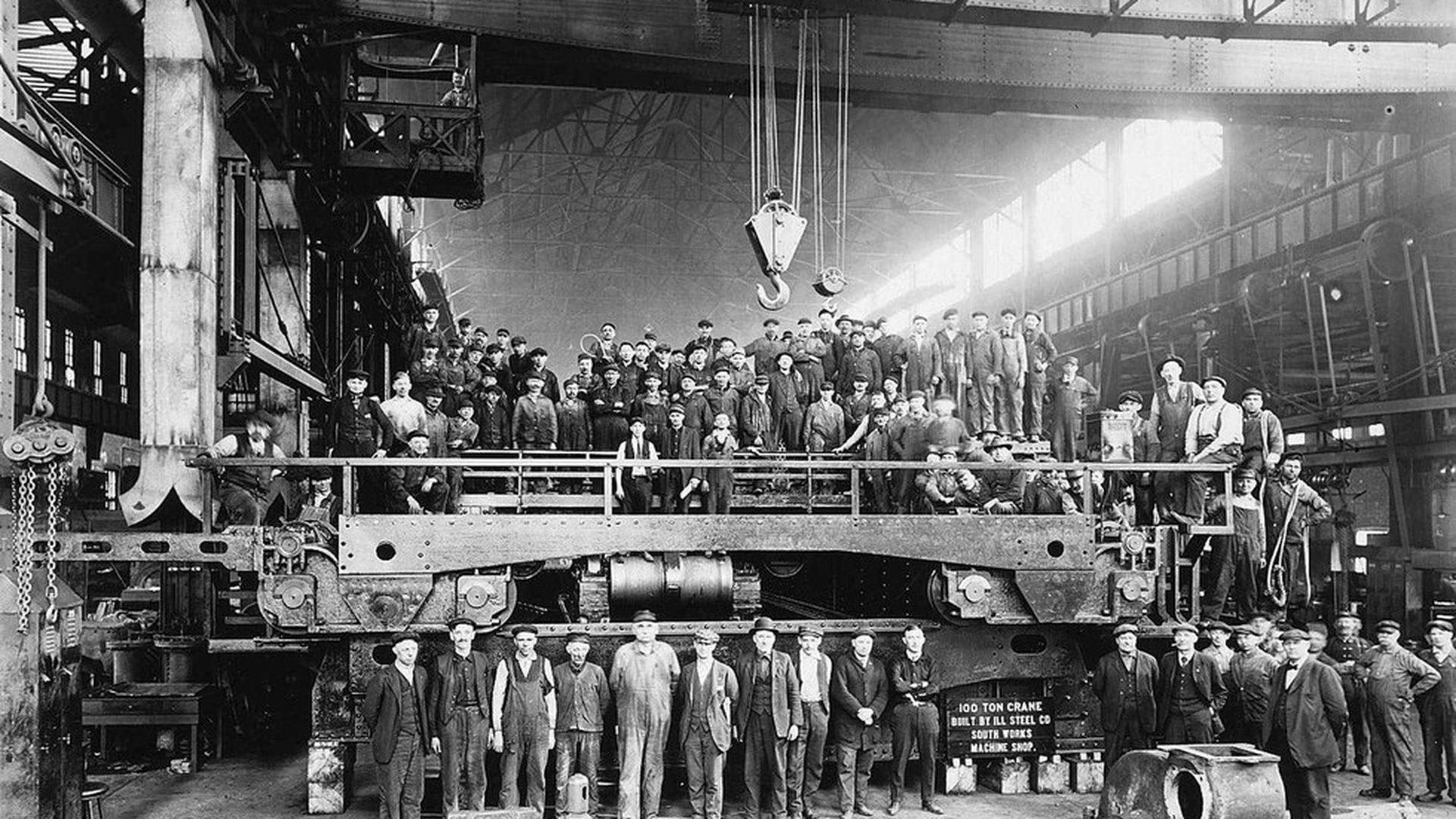
AP Photo/Arcadia Publishing
People worry that automation will drastically affect wages for those humans who manage to keep their jobs, and that's fair: it took more than 1.5 centuries for workers' wages to recover after the Industrial Revolution, per The Economist.
The introduction of machines and tools created a significant demand for unskilled labor (it rose from 20% of the workforce to 39% from 1700 to 1850). Machines either pushed craftsmen out of the labor market completely, or encouraged employers to decrease their workers' wages. The Economist cites this exact situation in which wages fell drastically in the early 1800s, not recovering until 1960.
Why it matters: That's a long time for wages to recover, and machines have become increasingly advanced since 1960. Most of them, at least in some industries like manufacturing, are introduced to eliminate the need for workers or, ultimately, they alter the way employers think about workers' wages in an age where cost-effective and time-saving machines are becoming ubiquitous.
One recent example: GE's recently introduced vision inspection system, as my colleague Chris Matthews reported. In theory, machines can help workers become more productive, and productivity leads to higher wages — but that's not the case. Machines like this one at GE actually reduce the need for workers — especially those who are typically paid between $20 and $40 per hour in this field.
One quick thing: Harvard economist Ken Rogoff told The Economist that "as the wage premium for a particular group of workers rises, firms will have a greater incentive to replace them."
Note: For every one robot created, three to five jobs are lost. (More on that in our "Almost Now" video here.) What's more, for every robot added per 1,000 employees, their wages would decrease by 0.25 to 0.5%, according to a study from the National Bureau of Economic Research.
